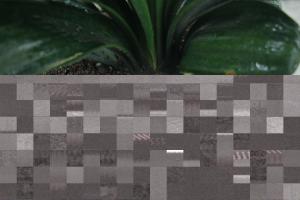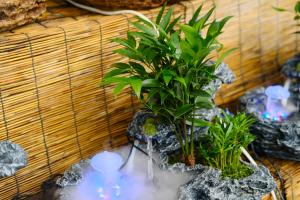How to Make a 3D Plant Cell Model Step-by-Step
Creating a 3D plant cell model can be a fun and educational activity for students or anyone interested in biology. With a few simple materials and following these steps, you can create a realistic 3D model of a plant cell.
Materials
- Styrofoam ball
- Modeling clay (green, yellow, and brown)
- Toothpicks
- Markers or paint (red, blue, and purple)
- Construction paper (light green)
- Scissors
- Glue
Step 1: Prepare the Styrofoam Ball
Begin by cutting the Styrofoam ball in half using a sharp knife or scissors. This will create the outer shell of your plant cell. You can make the size of the ball proportionate to the size of your model.
Step 2: Add the Cytoplasm
Using green modeling clay, cover the inside of the Styrofoam ball to represent the cytoplasm. Don't worry about making it look too neat, as the organelles will cover the majority of the interior space.
Step 3: Create the Organelles
For each organelle, create a small model using the appropriate colored modeling clay. Leave a small piece of toothpick sticking out of the base of each organelle, which will be used to secure them into the cytoplasm.
- Nucleus: Create a purple sphere for the nucleus and stick a toothpick into it.
- Mitochondria: Create several small yellow ovals and stick toothpicks into the bottom of each one.
- Chloroplasts: Create several small green oval shapes and stick toothpicks into the base of each one.
- Endoplasmic Reticulum: Create a long, thin yellow or brown model and twist it to make it circular. Stick toothpicks into each end.
- Golgi Apparatus: Create a small yellow or brown crescent shape and stick two toothpicks into the base, one on each side.
Step 4: Place the Organelles
With the organelles and toothpicks ready, insert each organelle into the Styrofoam ball in the appropriate location. Use the toothpicks to secure them into the cytoplasm, being careful not to damage the Styrofoam.
Step 5: Add the Cell Wall
Using light green construction paper, create a thin strip that matches the size of your Styrofoam ball half. Glue the strip onto the outside of the Styrofoam, representing the cell wall.
Step 6: Label the Organelles
Using a red or blue marker or paint, label each organelle with its name. Additionally, you can use brown modeling clay to create a model of a central vacuole and label it accordingly.
Congratulations! You have successfully created a 3D plant cell model. This model can be used as a visual aid to help understand the various organelles and their functions within a plant cell. It is also a fun project to do with students or friends to enhance their knowledge of biology.

 how many times do yo...
how many times do yo... how many planted tre...
how many planted tre... how many pine trees ...
how many pine trees ... how many pecan trees...
how many pecan trees... how many plants comp...
how many plants comp... how many plants can ...
how many plants can ... how many plants and ...
how many plants and ... how many pepper plan...
how many pepper plan...































